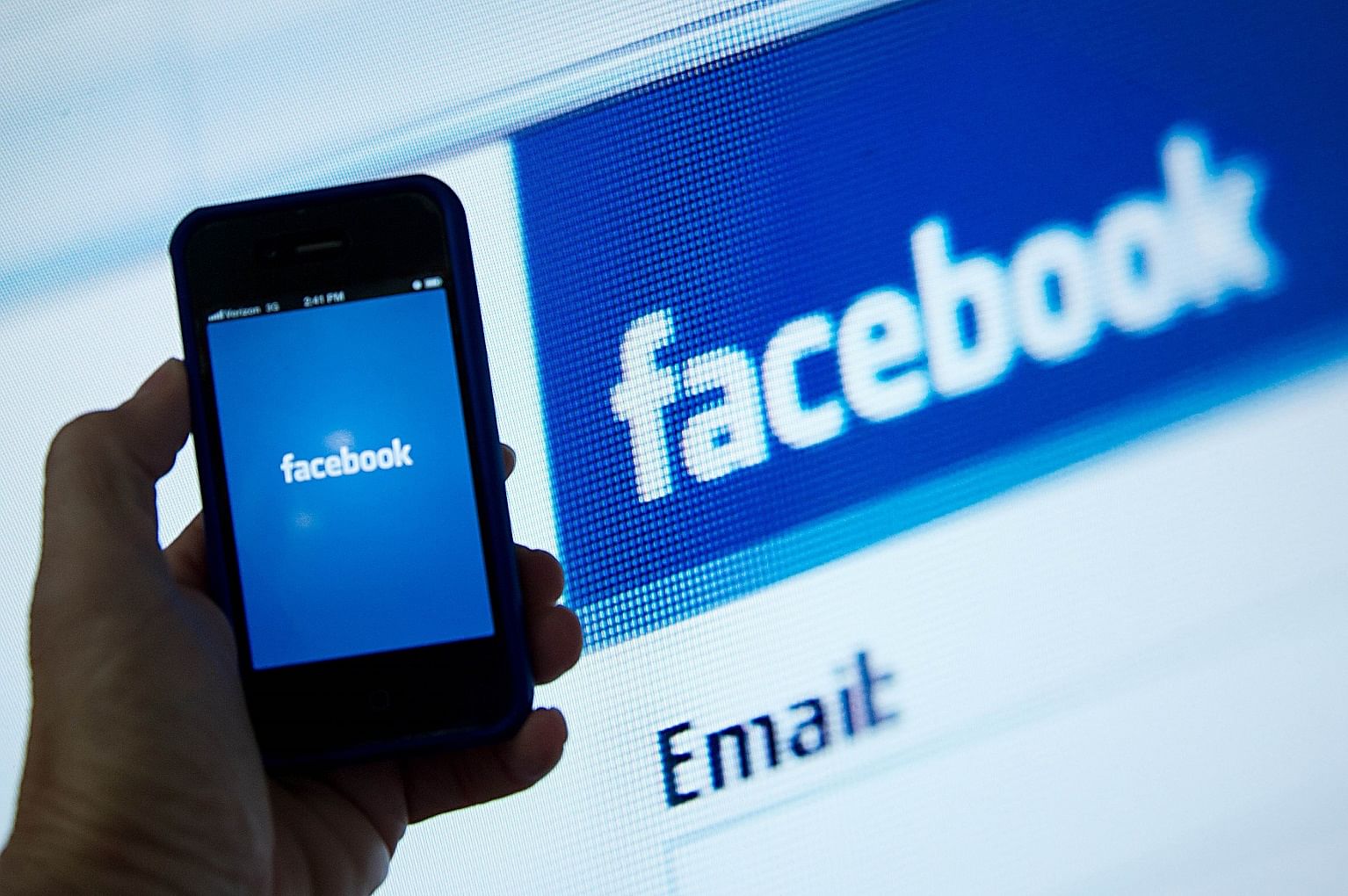It was the end of a long combat patrol near a district called Adhamiyah, in north-west Baghdad, in the autumn of 2008. It started like most daily missions but ended with a hidden enemy throwing a grenade at a vehicle convoy, missing it but hitting a young Iraqi child instead. As the company commander, I met the soldiers at the site and after a few hours followed them back to our base. I left the men, and went to stow my equipment and brief other officers.
When I went back to talk to the soldiers who had been on the patrol, I was surprised to find them not grouped in conversations about what had happened, as I had come to expect during my career in the military. Instead, they were sitting silently in front of computer screens, posting about their day on Myspace and Facebook.
The term "band of brothers" has become almost a cliche to describe how the close personal bonds formed between soldiers translate into combat effectiveness. Yet my combat experience in Iraq suggests that the kind of unit cohesion we saw in past wars may be coming undone because of a new type of technological cohesion: social media and too much connectivity.

As an infantry platoon leader in 2003, I led 40 men through a year of combat in Iraq, quickly learning the meaning of the description of war as "months of boredom punctuated by moments of terror". We practically lived and often slept in our vehicles, we ate together, and we talked about everything from what we saw on our daily missions to the smells of men who don't bathe for weeks at a time. The only real contact we had with the outside world arrived through letters and packages or an infrequent phone call home. Cellphones were virtually non-existent in Iraq back then.
I returned to Iraq in 2008, in charge of more than 150 men stationed at a forward operating base. We fell into well-established living areas fully equipped with 24-hour access to the Internet. My soldiers bought cellphones from Iraqi markets. Facebook was taking off and changing social media. Soldiers spent hours in our computer labs posting to their Facebook walls and in messages to friends and families their thoughts about being in Iraq, about what they saw on patrols and about their fellow soldiers. I admittedly also found myself filling moments of empty time by checking Facebook.
Global connectedness had altered almost every facet of a soldier's daily life. Sure, soldiers still spent time talking to one another, but I saw a measured difference in non-battle time, and that difference manifested itself in combat performance. In 2003, I saw the group bonds that had been formed between the soldiers appear in battle. The communication between members was personal; their teamwork under stress, admirable. I even saw an entire group rebuke a soldier in their team who had fired his weapons when he was not authorised to do so, telling both him and the investigating officer that was not acceptable.
In 2008, I saw the soldiers' individuality in battle. I saw them arguing about what decisions to make. I often observed much more transactional communications where there would have been friendly banter in the past. Groups seemed unable to learn from their daily challenges or direct any inter-group policing of individual actions. I saw these things especially in the younger soldiers.
The close bonds between combat soldiers that lead to cohesion have been documented in many different wars. In their study of German soldiers during World War II, Morris Janowitz and Edward Shils found that proximity and the capacity for intimate communication were critically important to forming personal bonds between soldiers. Studying US soldiers in the early months of the 2003 Iraq war, Dr Leonard Wong and a team of researchers found that emotional bonds of trust between soldiers were what motivated them to fight.
What all of the research highlights is the importance of conversation during non-combat time - the hours of nothingness, the shared boredom - where bonds of trust, friendships and group identity are built. Of course, there are benefits to increased connectedness between soldiers and their loved ones. The ability to talk and Skype with their external support networks had positive effects on many soldiers' morale. Yet it also drew them closer to the stresses of everyday family and civilian life, adding those to the soldier's combat experience.
Motivation and social cohesion are huge topics for any organisation, but particularly for the military. Building and leading teams are what the army does. There is no institution better at this task. But just as an army studies the enemy and the environments soldiers fight in, it should also recognise changes in the environment they live in.
Some commanders view the new connected social environment as simply a leadership challenge that can be controlled, perhaps by limiting soldiers' access to social media. This is a futile attempt to live in the world of the past. Instead, I recommend developing structures to organise the social interactions and conversations that used to occur spontaneously. This would include requiring soldiers to hold post-patrol gatherings on top of their usual mission reviews. This debriefing concept is very effective within other organisations. I would also shift the trend from small two- to four-man living spaces and increase them to four to six, both in stateside bases and especially in combat.
In the end, the benefits of hyper-connectivity for individual soldiers should not outweigh the collective costs of social cohesion and its proven value to combat effectiveness. The more connected soldiers are to the outside world, the more individual and separated they become. And that will not help us win future wars.
NEW YORK TIMES
• The writer, a major in the US Army, is an instructor in the Department of Military Instruction and a member of the Modern War Institute at the United States Military Academy.
